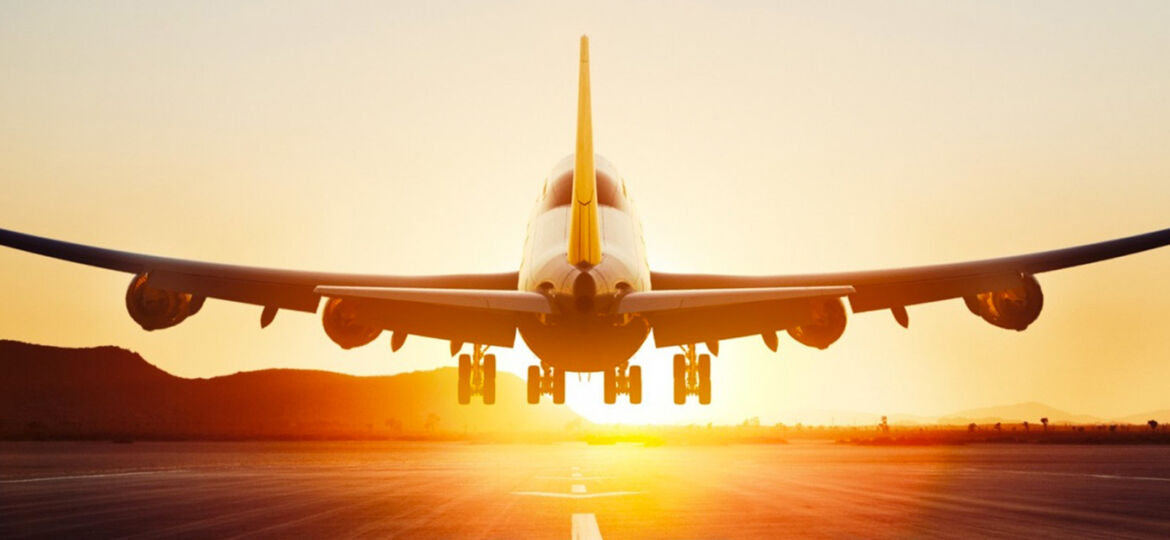
WHY THIS MATTERS IN BRIEF
The future of transportation is autonomous, and giant passenger planes will be no different.
At this week’s Paris Airshow Boeing, who along with Rolls Royce are talking about fuel-less aircraft, announced that they are looking towards a “brave new world” where jetliners fly without pilots – and they’re going to start trialling some of the technology next year.
While the idea may seem far fetched today the fact that you can buy a self flying drone for less than $1,000 seems to have inspired their thinking, particularly the thinking of Mike Sinnett, Boeing’s Vice President of Product Development.
“The basic building blocks of [self flying] technology clearly are available,” he said, “jetliners can already take off, cruise and land using their on board flight computers and the number of pilots on a standard passenger plane has dropped to two from three over the years.”
Sinnett, who’s a pilot himself first plans to test the technology in a cockpit simulator later this summer and then he hopes to progress it to a live trial where an Artificial Intelligence (AI) will be in full control.
I know, rather him than you – he’s crazy!
Needless to say though a self flying aircraft would need to meet some of the world’s most stringent safety standards and that’s one bridge that most regulators like the FAA in the US, and CAA in the UK, haven’t even considered crossing yet, and without their blessing none of Boeing’s new fancy airliners, as and when they emerge, will even get off the ground.
“I have no idea how we’re going to [get regulatory approval],” said Sinnett, “but we’re studying [the technology] right now and we’re developing those algorithms.”
The airlines are also backing the idea, in part to deal with a projected need for an additional 1.5 million pilots over the next 20 years as global demand for air travel continues to grow.
“Self flying planes would need to be able land safely as Captain Chesley Sullenberger did in the “Miracle on the Hudson,” said Sinnett, citing the incident in 2009 when Sullenberger, also known as Captain Sully, safely landed his US Airways Airbus A320 in the Hudson River after it lost all of its engines when it hit a flock of geese on take off from New York JFK, “and if it can’t, then we can’t go there.”

















Safety is much more than the proper algorithms – security needs to be integrated in the design and maintained throughout the system – not bolted on as an after-thought..!
NO AI SYSTEM can ever improvise in the face of an unpredicted – unpredictable – event to the degree a human can.
I have no concerns about an AI pilot when things are going right. It’s when things go horribly wrong that is the concern…